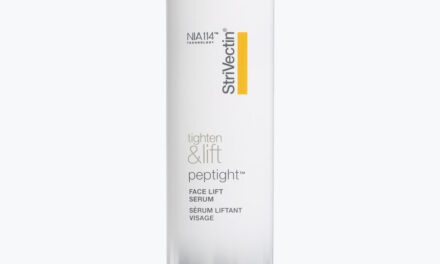RIFM’s In Vitro Study on Salicylate Absorption: Key Findings

RIFM’s research offers critical insights for formulators and cosmetic chemists, helping them design safer, more effective fragrance-containing products.
The Research Institute for Fragrance Materials (RIFM) recently conducted an in vitro study examining the skin absorption of salicylates, providing valuable insights into how these fragrance ingredients interact with human skin. The study, published in Toxicology In Vitro, analyzed three commonly used salicylates—ethyl salicylate, pentyl salicylate, and (Z)-3-hexenyl salicylate—which are frequently found in scented lotions, perfumes, and personal care products.
Using human skin models, researchers measured the penetration and distribution of these salicylates across different skin layers. The study employed in vitro testing, allowing scientists to assess absorption without human or animal trials, aligning with RIFM’s ethical commitment to non-animal testing.
Key Findings
- Chemical Structure Matters: The molecular makeup of each salicylate influenced absorption rates, with some penetrating the skin more easily than others.
- Product Type Affects Absorption: The formulation—whether a lotion, cream, or spray—impacted how quickly and how much of the salicylate was absorbed.
- Occlusion Increases Absorption: Covering the skin (e.g., with clothing or bandages) significantly enhanced penetration, meaning humidity and tight-fitting garments could amplify exposure.
Implications for Formulators
These findings underscore the importance of ingredient selection and formulation design when developing fragrance-infused skincare and personal care products.
– Optimizing Delivery: Understanding how different formulations affect absorption can help chemists refine product efficacy and safety.
– Regulatory Considerations: The study provides data that may inform risk assessments and regulatory guidelines, ensuring safe consumer exposure levels.
– Enhancing Stability: Adjusting formulations to control absorption rates can improve fragrance longevity and skin compatibility.
As absorption models continue to evolve, studies like this contribute to refined safety assessments and better consumer protection.
For further details, explore the full study [here] (https://rifm.org/new-study-reveals-how-fragrances-absorb-through-human-skin/).
Subscribe to our free newsletter to read the latest news and articles before they are published.









https://clinicagaleno.com/# farmacia online polaramine
farmacia + online Clinica Galeno descuento farmacia online 24 pm
https://ordinasalute.com/# tadalafil teva 20 mg 8 compresse prezzo
http://clinicagaleno.com/# comprar sarcop sin receta
vaniqa farmacia online farmacia online portugal test covid farmacia fischel online
https://clinicagaleno.com/# los ovulos se pueden comprar sin receta
polimod prezzo lixiana e stanchezza homer antibiotico
https://ordinasalute.shop/# kestine antistaminico prezzo
https://ordinasalute.shop/# lenizak a cosa serve
crГЁme contre acnГ© pharmacie sans ordonnance PharmaDirecte exemple ordonnance ecbu
https://pharmadirecte.shop/# acheter du cialis en pharmacie sans ordonnance
http://ordinasalute.com/# farmacia pianesi
brosse a dent inava sensibilitГ© PharmaDirecte cytotec pharmacie sans ordonnance
https://clinicagaleno.com/# comprar medicamentos en francia sin receta
http://meximedsexpress.com/# reputable mexican pharmacies online
naturxheal family pharmacy & health store-doral flagyl online pharmacy value rx pharmacy irvine
https://indomedsusa.com/# IndoMeds USA
medication from mexico pharmacy MexiMeds Express MexiMeds Express
https://medismartpharmacy.shop/# online pharmacy ambien
https://medismartpharmacy.shop/# united pharmacy proscar
citizens rx pharmacy mail order pharmacies online pharmacy prescription
https://indomedsusa.shop/# reputable indian pharmacies